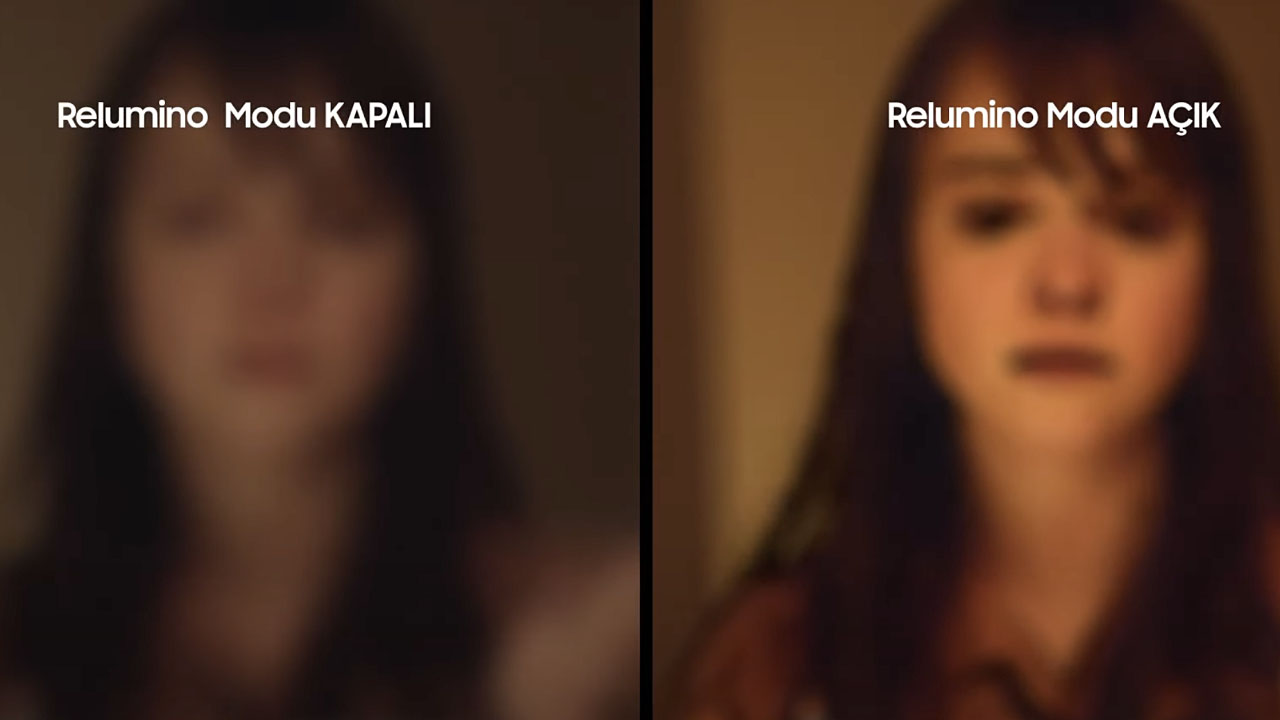#Marina #Abramović #mystical #torture #object #gaudy #cosmic
What must those men in Naples have thought? In a small gallery that had just opened in 1974, there is a beautiful woman who calls herself an artist. 72 objects are laid out on the table: knives, chains, nails, a bottle of water, a camera, pens, a gun with a bullet next to it and much more. Next to the objects it reads: “These objects can be used on me at will. I am the object.”
Exhibition
Marina Abramović. Until July 14th. Stedelijk Museum, Amsterdam. Ticket only with time slot and additional surcharge of 10 euros. Info: stedelijk.nl
Would the men who undressed the then not yet world-famous artist Marina Abramović (Belgrade, 1946), pushed nails into her flesh, opened her neck with a knife (and sucked her blood), put a gun to her neck, have thought: that woman is willing, come on guys!
The table on which 72 objects for the performance Rhythm 0 from 1974 are on display. Photo Peter Tijhuis
Rhythm 0 (1974) – as evidenced by Abramović’s retrospective exhibition in the Stedelijk Museum in Amsterdam – is, fifty years later, still one of the most impressive, courageous and, quite shockingly, cruel performances that the artist underwent for six hours. Passive. Her body as an object to use. Her face motionless (although her eyes sometimes filled with tears). The motto “The spirit in any condition does not burn” with exclamation marks in the affirmative.
The table, the objects and the texts are immaculately arranged at the exhibition in the Stedelijk Museum. The artist himself is present in the form of a slide show that was made in 1974 between 8 am and 2 am in the Neapolitan studio Mossa. In her extraordinary memoirs Walk Through Walls (2016), Abramović tells us that the first three hours of it Rhythm 0 actually not that much happened. Spectators looked a little embarrassed. But after 11 o’clock in the evening the atmosphere changed, became “energetically charged”, violent, sadistic, sexist. “The only reason I was not raped then,” Abramović writes, “was because the men’s wives were there.” You can see those men in large detail on the slide show on the walls of the Stedelijk. What would they think now?
Marina Abramović en Ulay during their performance Rest Energy uit 1980. Photo Marina Abramović Archives, Ulay / Marina Abramović
Languishing existence
Without Marina Abramović, performance as an art form might have languished, and for that reason alone it deserves all the praise. Because what strength, originality, courage, discipline and psychological ingenuity the early works radiate. Whether on her own, the masterful series between 1973 and 1976 Rhythm performs, or physically tests the boundaries of loyalty, love and dependence together with her great love Ulay between 1976 and 1988: as a visitor you remain overwhelmed by the registrations of those old performances.
Abramović emerges in the era of Fluxus, conceptual art and the ecstatically bloodthirsty Orgies Mysteries Theater by Wiener Aktionist Hermann Nitsch – but only her work explores her own suffering so uncompromisingly. Abramović literally throws her own body into battle, cuts herself, suffocates herself, exhausts herself in sometimes days-long sessions, and flogs herself. The goal is purification. Go through a door, where everything becomes light and clear. That lightness is literal. Because performance art, Abramović says in her memoirs, is intangible and unsellable.
Her work is now no longer unsellable. The artist himself has become a multi-million dollar company, with an institute, an army of assistants and all the glamor that comes with being a superstar. Every photo, every slide, every saying can be printed on T-shirts. In January this year, Abramović, who sharply questions the concept of feminine beauty in her performances, launched a very expensive line of facial products.
From live performance Imponderabilia(1977/2024) van Abramović en Ulay.
. Photo Fabian Landewee One of the meters high crosses.
Photo Peter Tijhuis The live performance Luminosity(1997/2024).
Fabian Landewee’s photo
Merchandising
Each performance can be re-enacted all over the world. Four performances are being re-staged in the Stedelijk by volunteers according to an uncertain program. I just hit it the first time Imponderabilia (1977) – the famous performance in which the audience has to squeeze between a naked man and woman in a door frame. The second time I was alone at the public table set up outside the doors of the exhibition Counting the Rice (2016/2024) join us. A shadow of that performance can be purchased as a puzzle in the museum shop for almost fifty euros.
Due to the merchandising of the Abramović brand, the principle of creating intangible art has largely been forgotten. Certainly, Abramović still produces terribly good performances every now and then. Testify to that The Artist Is Present from 2010 in New York’s MoMA, as well as the life-size viewing cabinet The House with the Ocean View (2002), where she fasted and meditated for twelve days for everyone to see. But the light and immaterial – the exploration of the psychological and physical limits of man – has mainly been exchanged for the gaudy cosmic.
From the 1990s onwards, symbols from her youth – communism and (through her grandmother) religious mysticism – have been literally depicted in baroque installations and meter-high Christian crosses, with portraits of the artist in angry or loving poses. Strengthening stones are incorporated into a gate of light, through which you as a visitor step to enter the exhibition. The heavy crystals Shoes for Departure (1991/2015) you slip into barefoot to, as the hall text states, spiritually rejuvenate and come to your senses.
Room overview of the exhibition Marina Abramović in the Stedelijk Museum in Amsterdam. Photo: Peter Tijhuis
The sensitivity with which Abramović addressed existential themes in her early work, exposed relationships, and profiled less pleasant qualities of herself and of us as an audience – that disappears from her work. It becomes impossible to lift so heavy and clichéd. In Walk Through Walls she says she is a great admirer of artist Yves Klein. In particular, she cherishes Klein’s statement: “My paintings are only the ash of my art.” But if her late work makes anything clear, it is the distance from Klein’s ideas. That distance is now enormous.
Also read
Marina Abramović: ‘I give my audience all the love it wants’
Share Email the editor





:format(webp)/nginx/o/2023/09/27/15618395t1h2fdc.jpg)





